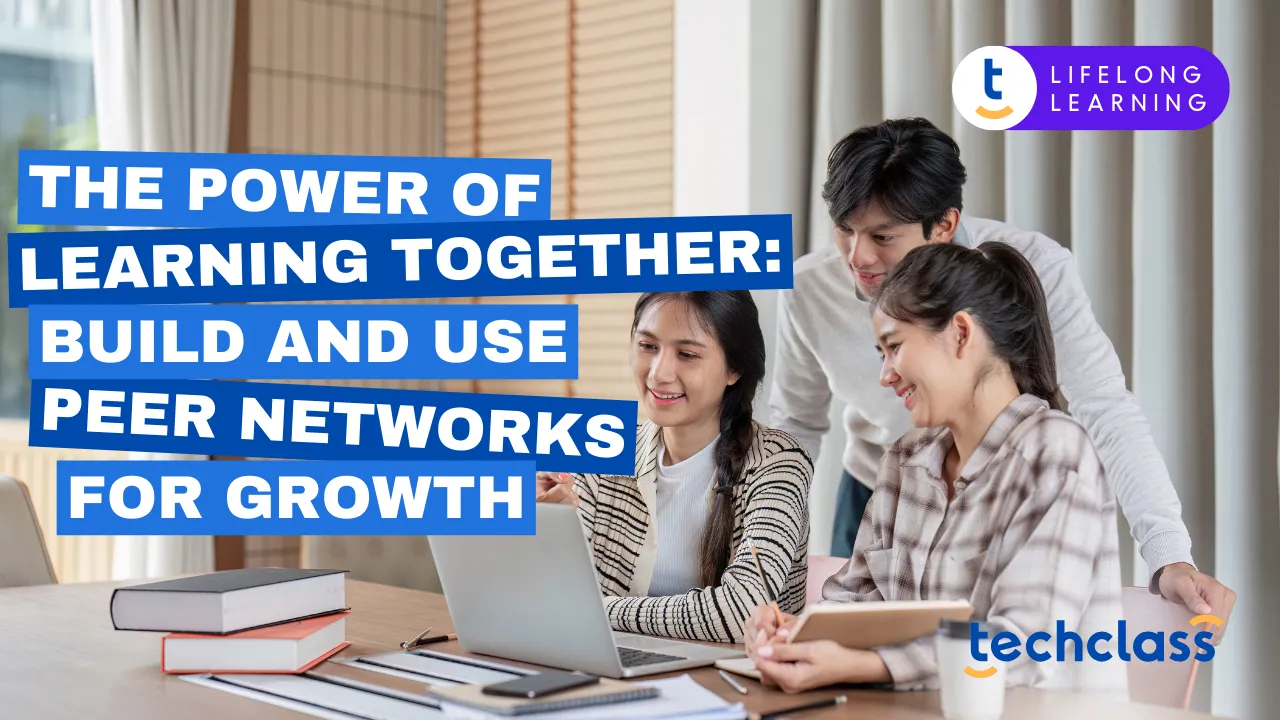
In today’s fast-changing world, continuous learning isn’t just a nice-to-have, it’s a necessity. But traditional top-down learning models can’t keep up with the pace of change. That’s where peer-to-peer learning comes in. This collaborative learning approach harnesses the collective knowledge of your network, colleagues, peers, and fellow professionals, to deliver faster, more practical, and deeply engaging learning experiences.
Peer-to-peer learning, often called peer learning, is a collaborative learning model where people learn from and teach each other. Rather than relying solely on formal training or external instructors, knowledge is shared laterally. In simple terms, peer-to-peer learning happens every time a colleague teaches another how to use a new tool, when teams brainstorm solutions together, or when mentoring relationships are formed. Peer-to-peer (P2P) learning is a collaborative learning method where individuals share knowledge, insights, and experiences with one another making everyone becomes both a learner and a teacher.
Creating a thriving peer learning environment requires intentional design. Here’s how you can set it up:
Start by identifying what you want to achieve: faster onboarding, upskilling, improved collaboration, or leadership development? Set SMART (Specific, Measurable, Achievable, Relevant, Time-bound) goals.
Pair employees intentionally, for example, match new hires with experienced staff or set up cross-functional mentorship pairs to encourage knowledge exchange.
Create regular opportunities such as:
Use employee learning platforms or social tools to facilitate virtual learning, discussions, and feedback loops, especially important for hybrid or remote teams.
Provide basic training to peer mentors and coaches so they feel confident. Recognize and reward active contributors to reinforce the value of shared learning.
Track participation, engagement, and outcomes. Collect feedback and refine your programs to ensure they stay relevant and impactful.
Even if your organization doesn’t have a formal peer learning program, you can still tap into peer networks to boost your own growth.
Here’s how:
By actively participating, you not only gain new insights but also expand your professional reputation and network.
Peer-to-peer learning is not just a passing trend, it’s a powerful, scalable strategy for driving employee development, improving retention, and building a stronger organizational culture. By creating intentional learning networks, you unlock the collective intelligence of your workforce and make learning a shared, everyday experience.


